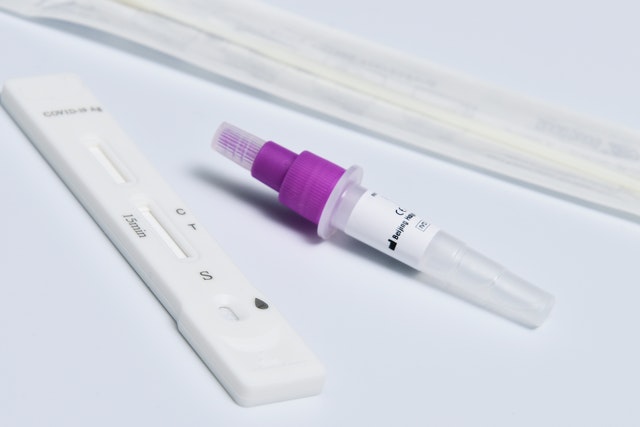At-home fast antigen testing for identifying COVID-19 are all here to stay thanks to their ease and speedy findings. Here are some tips about how to use them most successfully.
Rapid antigen testing, also known as over-the-counter COVID-19 testing or at-home COVID-19 detection tests, are crucial tools in limiting the spread of COVID-19. They can be taken whenever, anywhere, and whether or not you experience COVID-19 symptoms. They also cost little to nothing and provide results quickly.
Rapid testing is an essential risk-reduction strategy because it allows you to isolate and alert individuals who could have been exposed to you more quickly once you know if or not, they have COVID-19.
At-home COVID-19 diagnostic kits do have limits, although being unquestionably helpful, particularly if you don’t have any obvious symptoms. Here are some crucial details about at-home quick tests that you should be aware of, including where to purchase them, when to use them, and how to guarantee the most reliable results.
Knowing the fundamentals of COVID-19 diagnostic tests performed at home

The COVID-19 fast antigen tests that are available over the counter at home have all been given Emergency Use Authorization (EUA) by the FDA. All of the authorized tests work by recognizing SARS-CoV-2 virus proteins in samples of nasal swab-derived mucus, which is the virus that causes COVID-19.
The tests are intended for individuals 2 years of age and older, and responses are available in 10 to 30 minutes. They are effective whether or not you have signs, but for accurate findings if you do, the various makers advise finishing the test within 6 to 7 days of the onset of symptoms.
Some at-home testing kits use an app to communicate results, whereas others rely on you to inform your doctor, who will then alert public health agencies, of your positive sample result.
When should you perform a COVID-19 quick antigen test at home?
If you have symptoms of COVID-19, the general advise that you test yourself very away. The CDC advises waiting 5 days after exposure before testing again, followed by waiting another 1 to 2 days if you had a possible exposure but don’t have any signs.
Additionally, it is advised to get a quick antigen test done just before or as near to the start of the event as feasible if you intend to attend a big gathering.
If you want to buy a rapid antigen test Melbourne has quite a few places for you to get one.
How to interpret the findings of your COVID-19 test at home
A COVID-19 fast antigen test performed at home has 3 possible outcomes: positive, negative, or invalid.
When two lines emerge on your test, you get a positive test result. A positive self-test is quite reliable at identifying active COVID-19 infection.
When only the control test bar appears on your sample, you get a negative test result. A negative test doesn’t always rule out COVID-19 contamination, especially if you do have symptoms. This is due to the fact that molecular testing is more sensitive than fast antigen tests. Furthermore, if you are in the early stages of an illness or don’t have any symptoms, you are more likely to encounter a false negative.
The control test line of your test must appear for the results to be legitimate. The exam did not function properly in this instance, so you will need to retake it.
